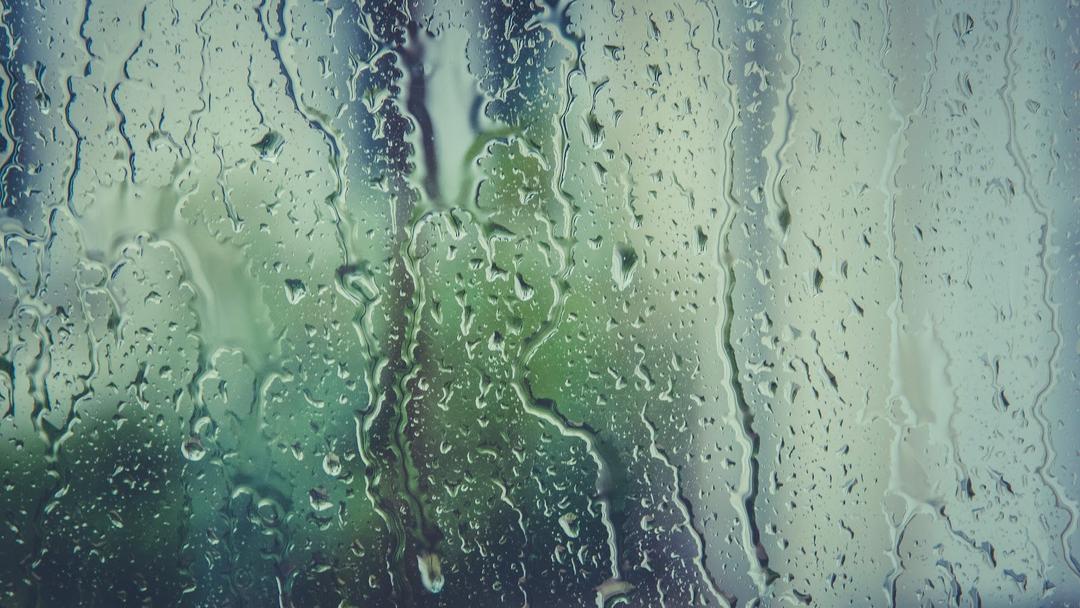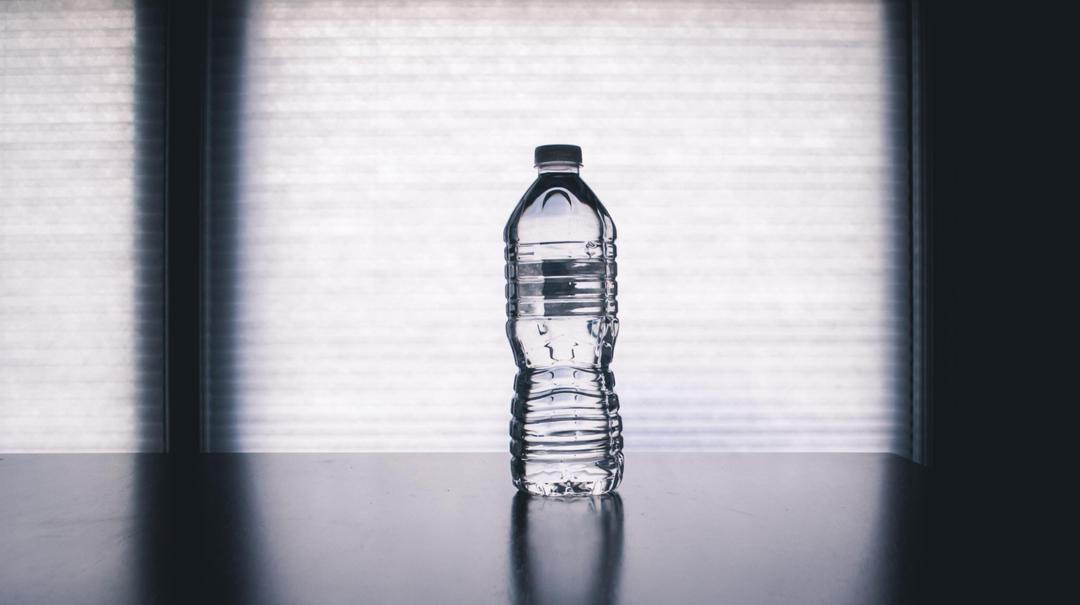Discover the state of America's drinking water infrastructure, what steps the federal gov and local EPA offices have taken and the effect on public health.
Since 2014 when the major news coverage of the Flint, Michigan tap water public health crisis was publicized, many other cities have been coming up in the news questioning their own municipal water supply. With many of America’s water infrastructure systems "coming of age", it’s likely we’ll be hearing more news about water quality. However, due to the outpouring of frustration behind Flint, many other local governments are trying their best to avoid the same negative image in the public’s eyes. Their solution? Underreport and systematically downplay the levels of contaminants in the drinking water such as lead and copper.
Scientists have come forward stating they are seeing blatant "distortion of test data"that makes the water in their cities seem healthier than it really is.
The controversial approach to water testing is so widespread that it occurs in “every major US city east of the Mississippi” according to an anonymous source with extensive knowledge of the lead and copper regulations. “By word of mouth, this has become the thing to do in the water industry. The logical conclusion is that millions of people’s drinking water is potentially unsafe.”




